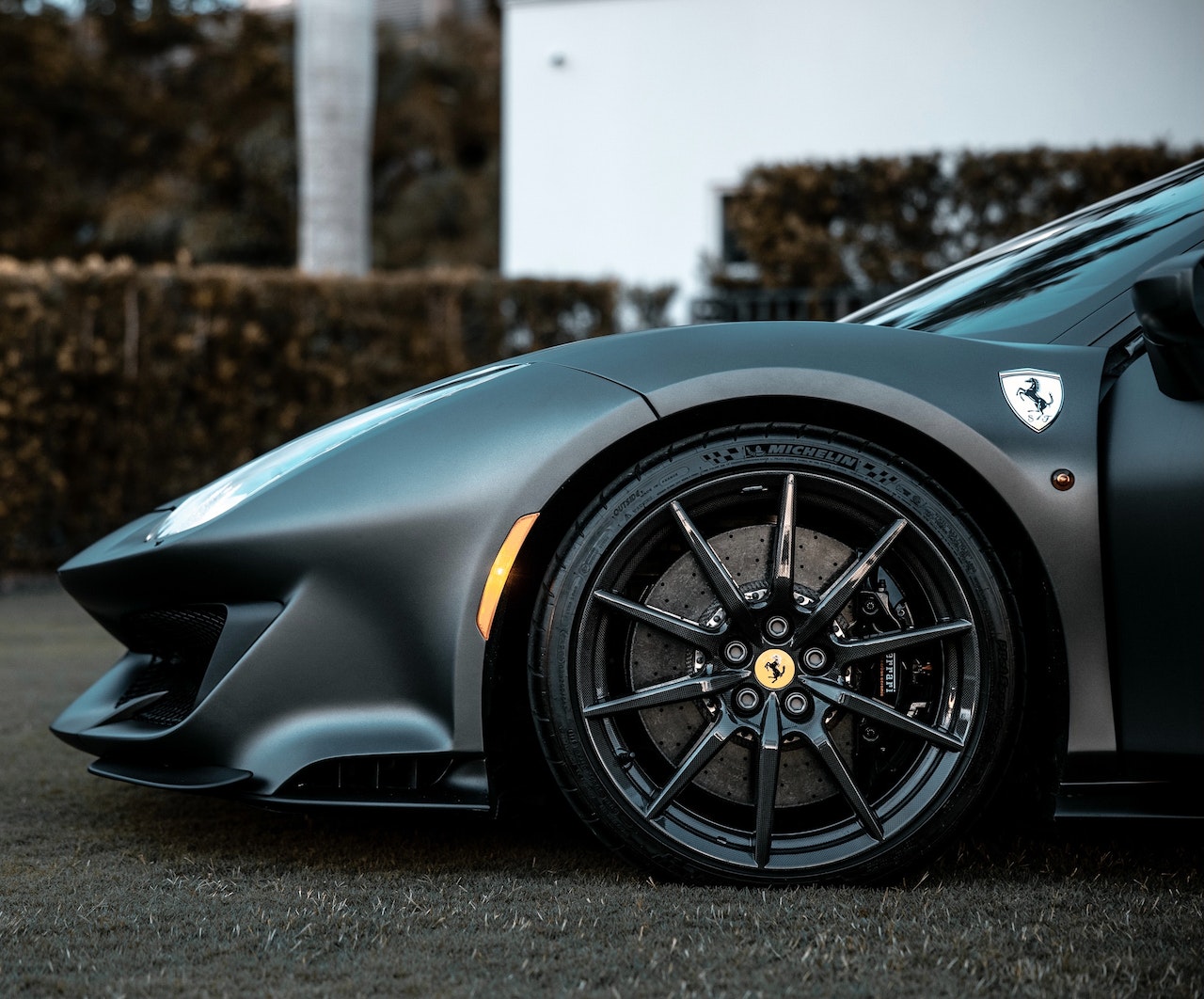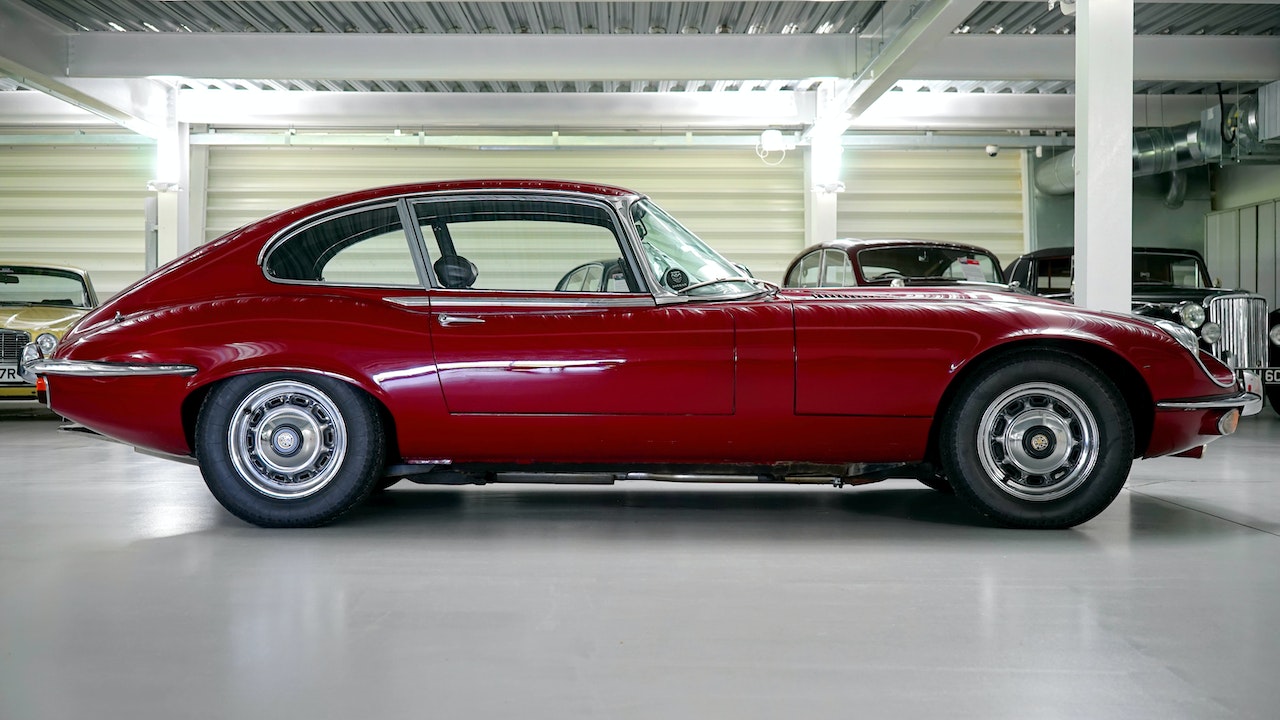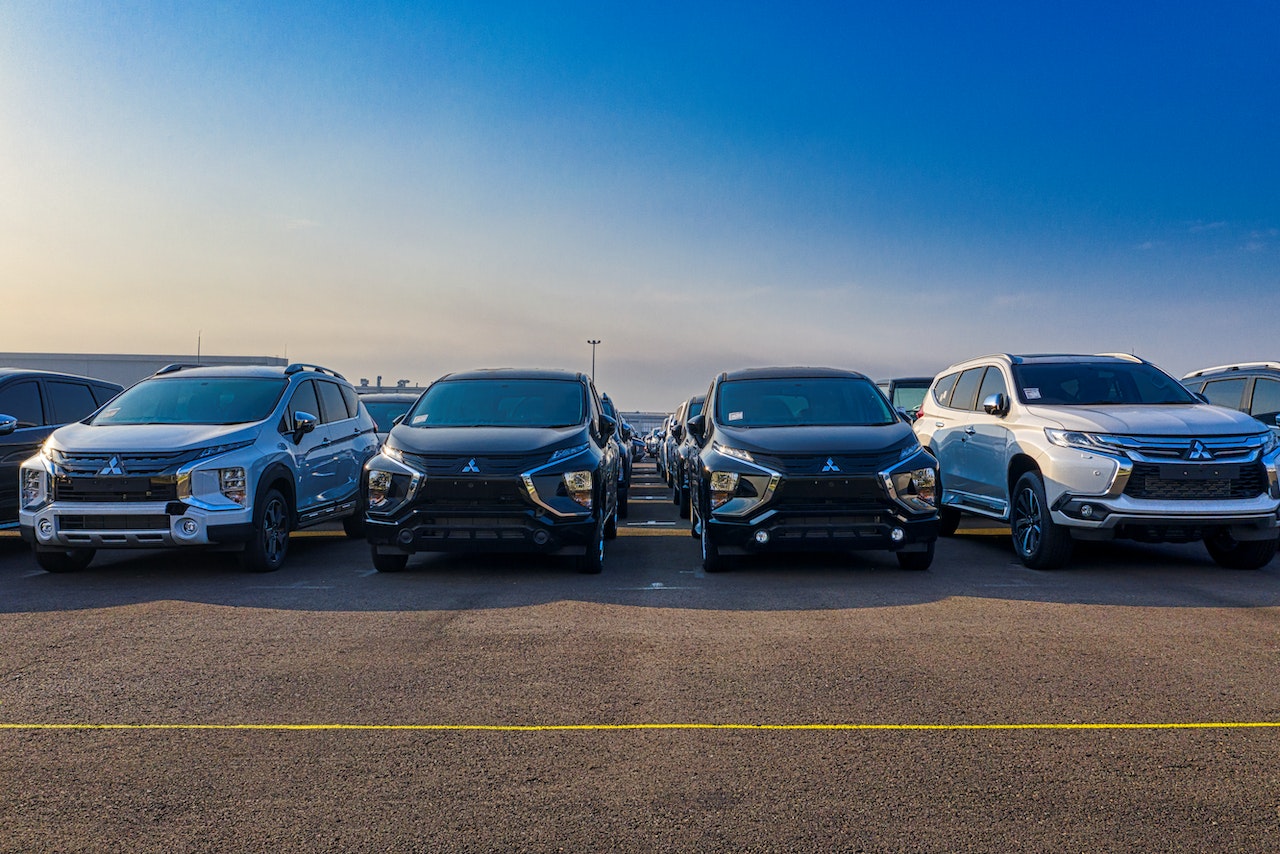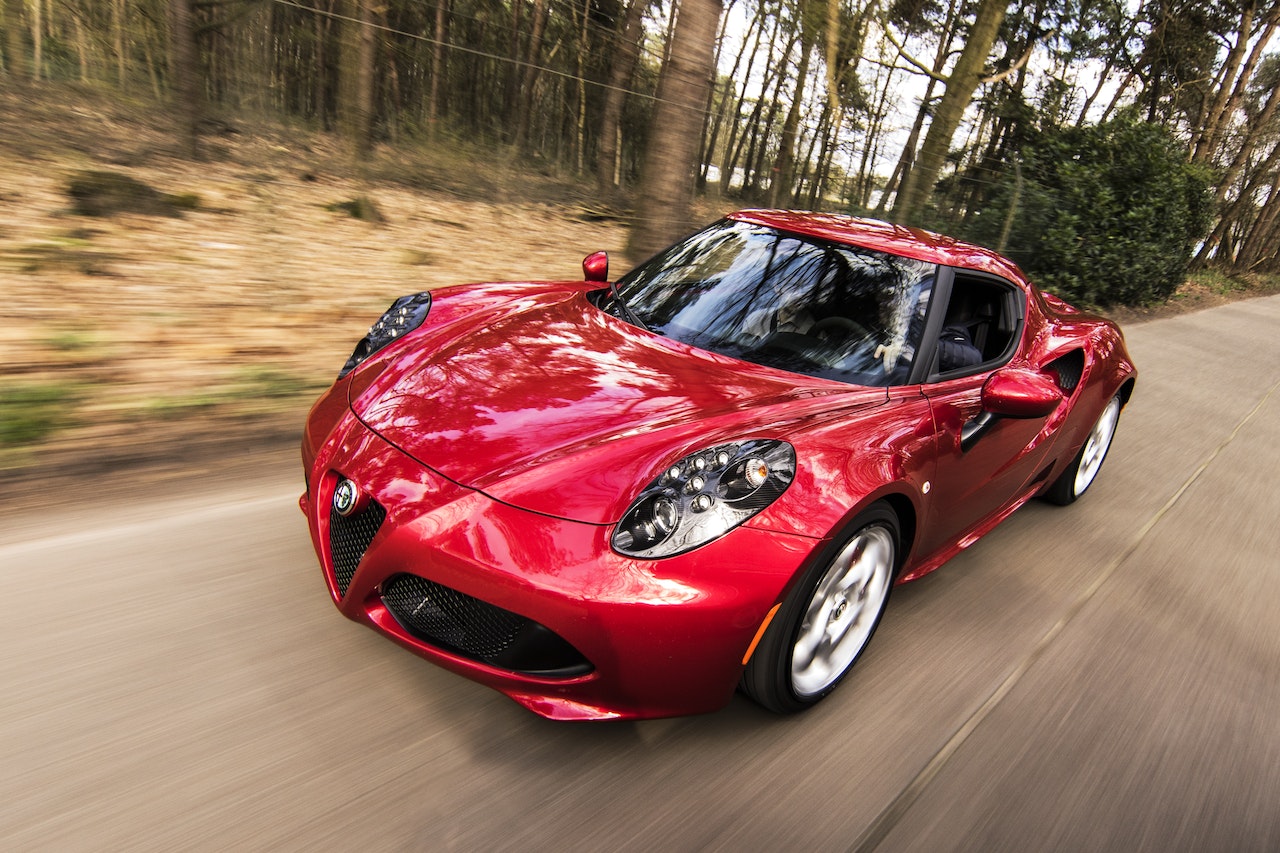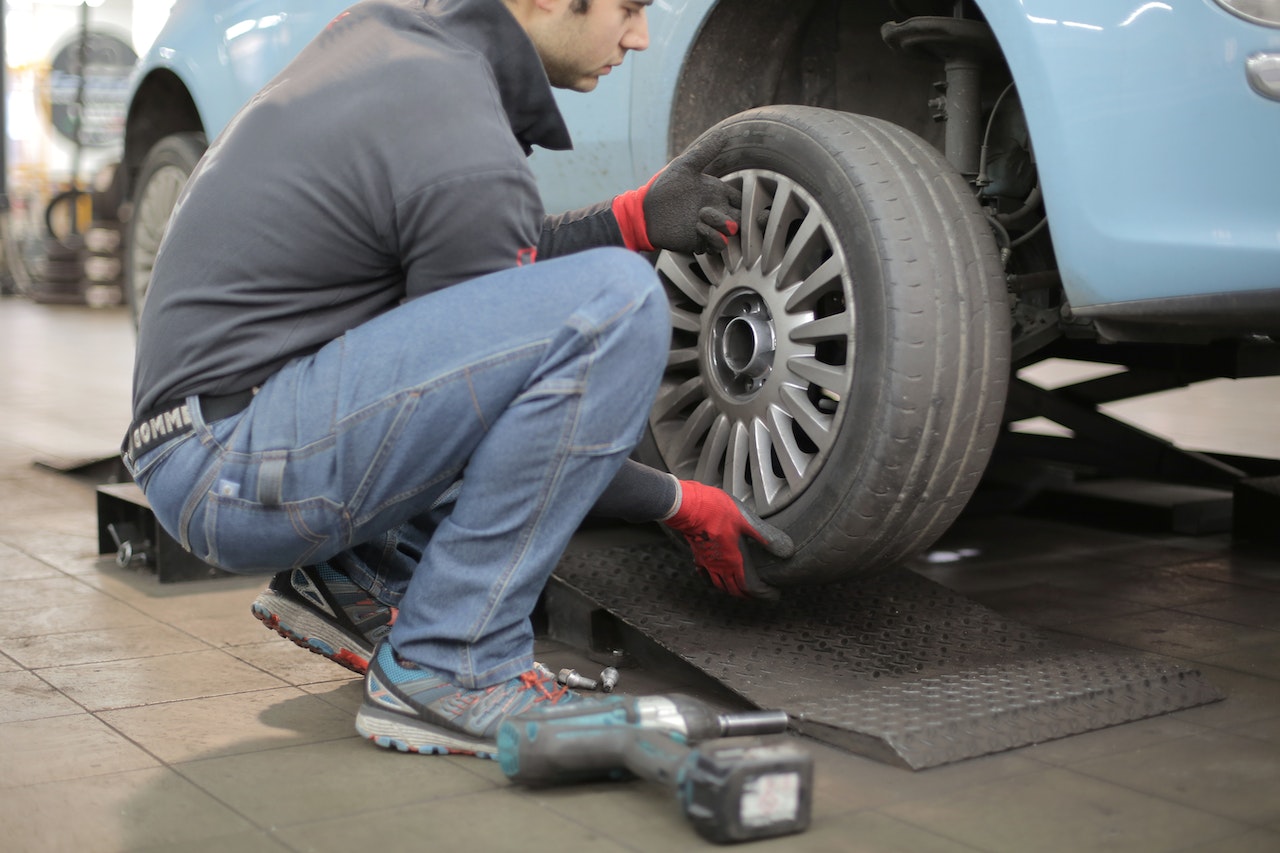Purchasing a used car is an excellent way to save money, as the depreciation value of new cars can be quite significant. However, when it comes to financing a used car, many buyers may feel overwhelmed by the myriad of options available. This article aims to provide a comprehensive guide to financing a used car, discussing various financing options and how carVertical reports can be a valuable resource in securing a loan.
Understanding Your Financial Situation
Before diving into the world of used car financing, it’s essential to have a clear understanding of your financial situation. Take a close look at your budget, credit score, and overall financial health. Keep in mind that lenders typically prefer borrowers with a stable income, a low debt-to-income ratio, and a good credit score. If your credit score is less than perfect, you might still be able to obtain a loan, but the interest rate may be higher. Consider taking steps to improve your credit score before applying for financing to ensure you receive the best possible terms.
Exploring Financing Options for Used Cars
- Traditional Bank Loans
One of the most common methods of financing a used car is through a traditional bank loan. Banks and credit unions often offer competitive interest rates and flexible terms, making them an attractive option for many buyers. It’s essential to shop around and compare offers from different financial institutions, as rates and terms can vary significantly.
- Dealer Financing
Another popular financing option for used cars is dealer financing. In this case, the dealership itself acts as the lender, offering loans to customers. While dealer financing may offer convenience and sometimes special promotions, interest rates can be higher than those offered by banks and credit unions. Be sure to carefully review the terms and conditions of any dealer financing offers.
- Online Lenders
In recent years, online lenders have emerged as a viable alternative to traditional financing options. These lenders often provide quick and easy application processes, with some offering pre-approval within minutes. Online lenders may have less stringent credit requirements than traditional banks, making them an option for borrowers with less-than-stellar credit. However, interest rates may be higher, and it’s crucial to research the lender’s reputation before signing any agreements.
- Peer-to-Peer Lending
Peer-to-peer (P2P) lending platforms connect borrowers with individual investors who are willing to fund loans. P2P lending can offer competitive interest rates and more personalized loan terms, as the investors set the terms based on the perceived risk of the borrower. However, P2P lending may be more challenging to qualify for, as investors may be more selective in choosing whom to fund.
- Buy Here, Pay Here Dealerships
For individuals with poor credit or no credit history, buy here, pay here (BHPH) dealerships may be an option. BHPH dealerships finance the car themselves and require customers to make payments directly to the dealership. While these dealerships may be more willing to work with individuals with bad credit, interest rates can be exceptionally high, and there may be more restrictions in terms of vehicle selection and terms.
How carVertical Reports Can Help Secure Financing
When financing a used car, lenders want to ensure that the vehicle is a sound investment. carVertical reports can be a valuable tool in this process, as they provide comprehensive information about a vehicle’s history, condition, and overall value.
- Accident and Damage History
Lenders are more likely to approve financing for a used car that has a clean history and minimal damage. carVertical reports provide detailed information on any previous accidents or damage, helping both the buyer and lender make informed decisions.
- Odometer Verification
Odometer fraud is a common issue when purchasing used cars, and a vehicle with a tampered odometer can significantly affect its value. carVertical reports verify the accuracy of a car’s odometer, ensuring that both the buyer and lender can trust the vehicle’s mileage.
- Maintenance History
A well-maintained vehicle is more likely to retain its value and have fewer mechanical issues. carVertical reports include information about the car’s maintenance history, allowing lenders to assess the vehicle’s overall condition and future reliability.
- Vehicle Ownership and Registration
Knowing the vehicle’s ownership and registration history is essential for lenders, as it can reveal potential issues such as liens, unpaid loans, or legal disputes. carVertical reports provide a comprehensive overview of the car’s ownership history, ensuring that there are no hidden issues that could affect the loan.
- Theft History
A vehicle with a theft history can be a red flag for lenders, as it may indicate potential problems with the vehicle’s title or other legal issues. carVertical reports check for any records of theft, giving both the buyer and lender peace of mind.
- Vehicle Valuation
Lenders want to ensure that the loan amount does not exceed the vehicle’s value. carVertical reports provide an accurate valuation of the car, taking into account factors such as its age, condition, and market demand. This information helps lenders determine the appropriate loan amount and terms.
Conclusion
In conclusion, financing a used car can be a complex process, but by understanding your financial situation and exploring various financing options, you can find the best solution to fit your needs. carVertical reports can be an invaluable resource in securing a loan, as they provide detailed information about a vehicle’s history, condition, and value. By using a carVertical report to demonstrate the car’s reliability and worth, you can increase your chances of obtaining a favorable loan and enjoy the benefits of a used car purchase.

